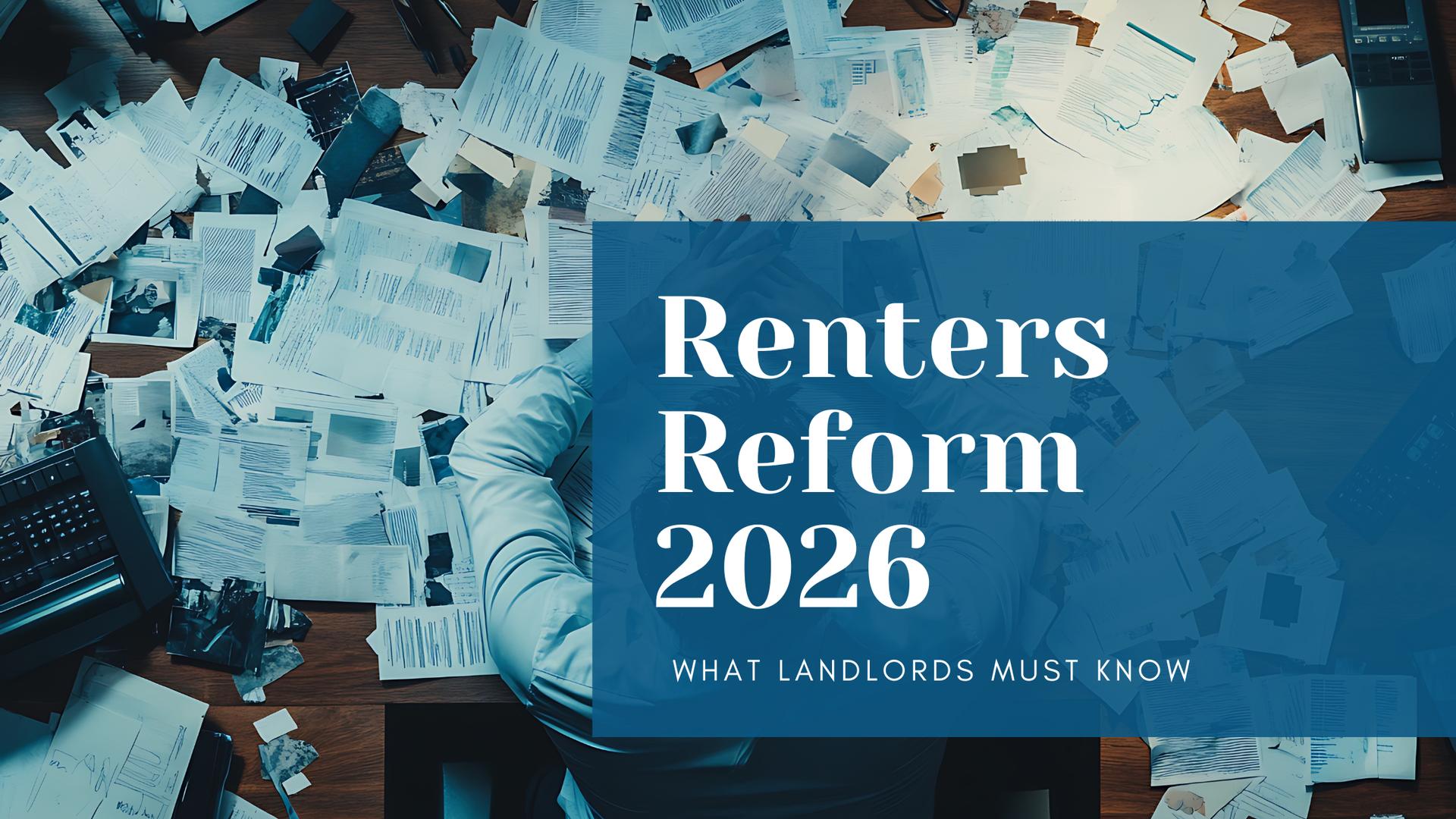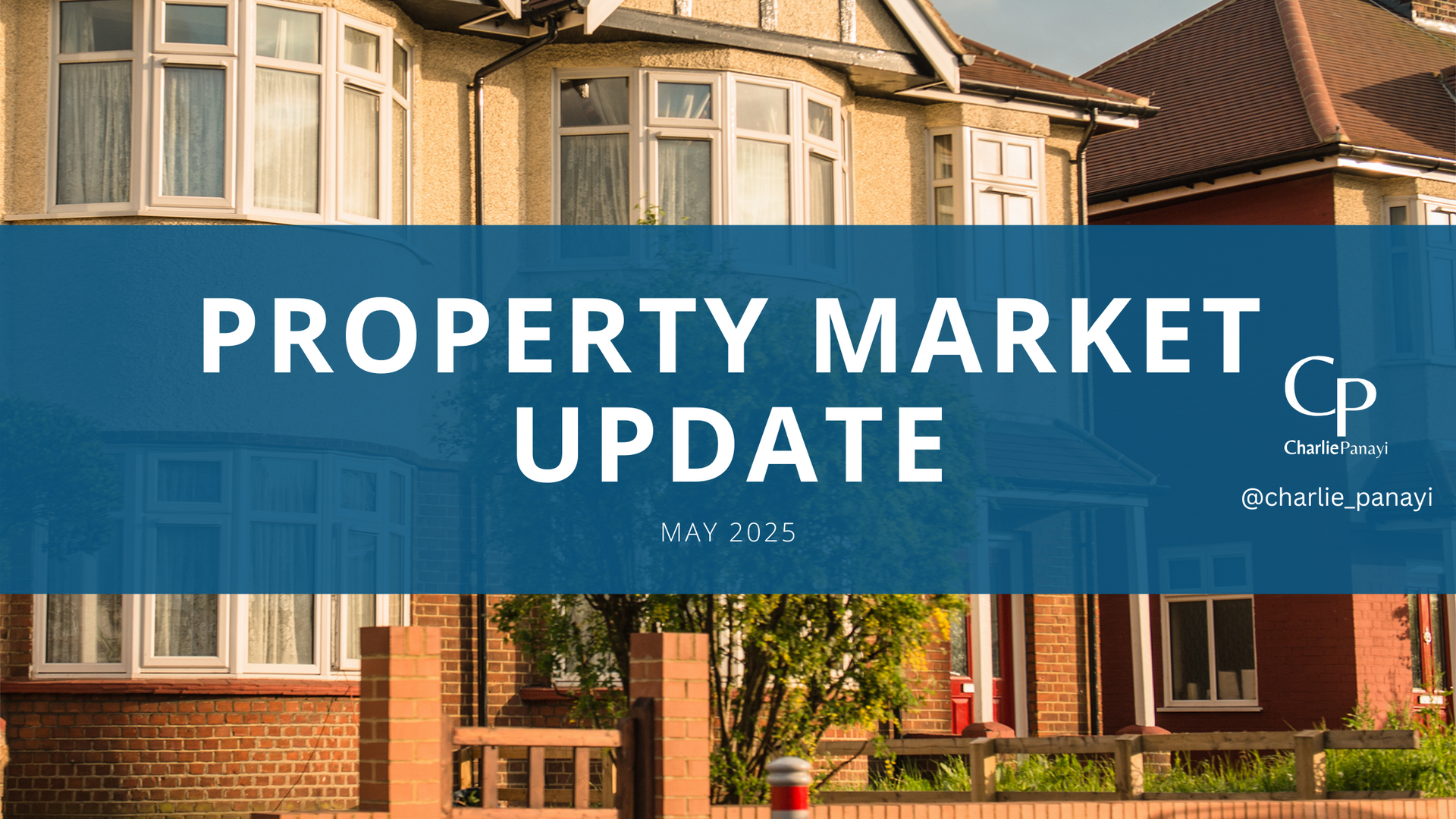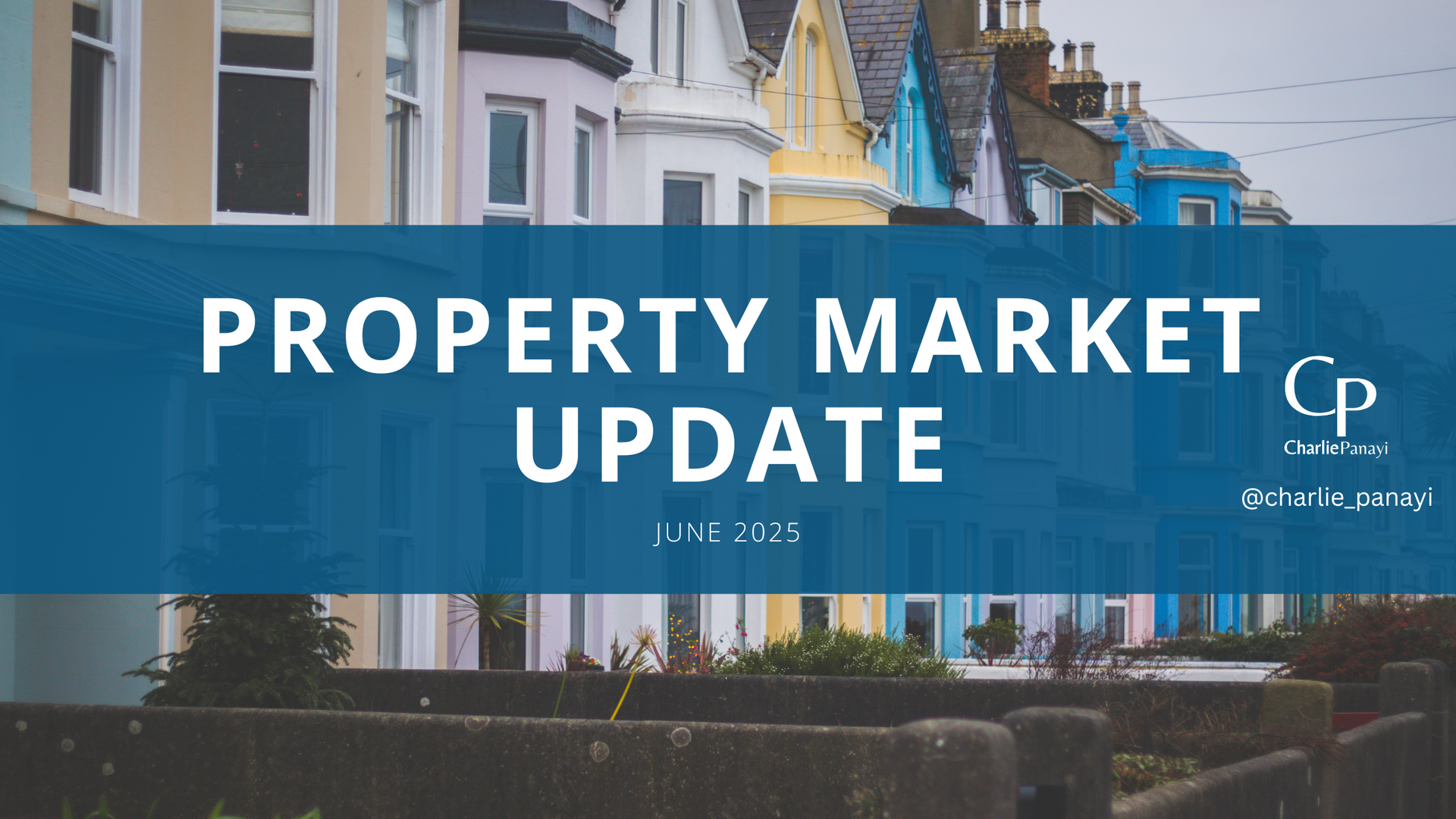Summary
· House price inflates +0.1% annually in UK
· 21% down on completed house sales compared to 2022
· House price growth at -1% in London
· Regional house price inflation linked to first-time-buyers affordability
· Completed transactions still on track for 1 million, although as we write 21% lower over 2023, lowest since 2012
· Cash buyer sales expected to hold in line with 2022
· Mortgage-backed sales likely to be 28% lower as higher rates impact demand
· Lower mortgage rates key to improved demand and sales in 2024
· Affordability improving
Southern areas see larger price drops
Price-sensitive buyers and fewer sales have led to a substantial slowdown in price inflation, at only +0.1%. This is the lowest annual growth rate since August 2012.
The more affordable areas up north are showing clear differences, with Scotland registering +1.7%, whilst southern areas -1%.
It would suggest the higher mortgage rates reflect the market where there is lower selling prices along with inflation. Buyers in southern England need larger mortgages, bigger deposits and higher incomes to buy. This effectively prices more buyers out of the market and weakening demand. It is likely we will see this trend continue for the remainder of 2023.
First time buyers are 1 in 3 purchases the past year
Most of first time buyers originate from the private rental sector, meaning that this will shift prices both ways. It is clear to see also that the with the increase in mortgage rates we are seeing first time buyers focusing on a more affordable part of the market, rather than the 3+ bedroom range. As we speak renting (throughout the UK) is 10% cheaper than buying, despite the growth of rents in the recent years.
However, this differs on the areas throughout the UK, a renter buying the home they rent would find it cheaper to buy than rent in the six regions and countries with the lowest house prices. In Scotland and the North East average mortgage repayments are up to 18% lower than rental costs. This supports access to the housing market and the demand for homes.
In contrast, in London, the average monthly payment is 24% higher than the monthly rent. Higher mortgage rates will price FTBs out of the market in certain regions.
This would suggest that it supports the view of the southern England markets to see the biggest hit on values.
On track for 1m home completions
Although house price growth has stalled over the last 12 months, the main impact has been on sales completions. Data shows the number of homes being sold ‘subject to contract’ over the year to date shows the market is still on track for 1m sales completions in 2023. Slightly lower than my projected 1.2 million earlier in the year, this will be 21% down on 2022 levels and the lowest number of sales in the last 7 years. The main reason for this is definitely the increased mortgage rates putting pressure on buying power and calculations when attaining mortgages.
Cash buyers holding steady
Based on trends over the first six months of 2023, data estimates that cash sales will fall just 1% over 2023 compared to 2022 levels. However, the number of mortgaged sales is projected to be 28% lower. The net decline across cash and mortgaged buyers is 21%.
Existing homeowners using a mortgage typically account for a third of annual sales. This group is under less pressure to move as they already have a home and, where possible, will be waiting until the outlook for mortgage rates improves from their current levels.
The economics of new buy to let purchases are also being squeezed by higher mortgage rates. Mortgaged buy to let purchases typically account for 8% of sales. Buy to let investors in southern England need to inject 40-50% of the property value as equity to get the numbers to stack up meaning new investment will be lower over 2023.
While first-time buyer numbers will be lower in 2023, we expect them to hold up as a result of more flexible working opening up options to buy in cheaper markets as well as buying costs being lower than renting in more affordable markets. In addition, more landlord selling previously rented homes, which are typically priced 25% lower than the wider market, is boosting available supply that appeals to FTBs.
Moving forward
Affordability is improving relative to earnings as wages rise, up 7% over the last year. Housing affordability, on a house price to earnings basis, looks set to improve by 9-10% over 2023 as prices register modest falls and average earnings increase. The UK house price to earnings ratio will be in line with the 20-year average at the end of 2023 at 6.3x.
On a regional basis, affordability has improved the most in London. Here, the price to earnings ratio will get into single digits for the first time in 11 years as house price growth has been low since 2016.
We expect earnings to continue to rise faster than house prices again in 2024, improving the measure further, especially in southern England. This, together with mortgage rates in the 4-5% range, will support sales volumes closer to the long-run average. I expect mortgage rates to drop below 5% towards the end of this year, however it’s looking like a drawn out process.
Moving forward, I remain optimistic on the amount of completed home sales than that of price growth, it would be realistic to stay with my previous views that we will be down another couple % between now and the end of the year (realistically). However, hybrid working, demographic trends of the population and high immigration will support sales movement over the next 2-3 years.
Data generated from Zoopla, Rightmove, Hometrack and Home










